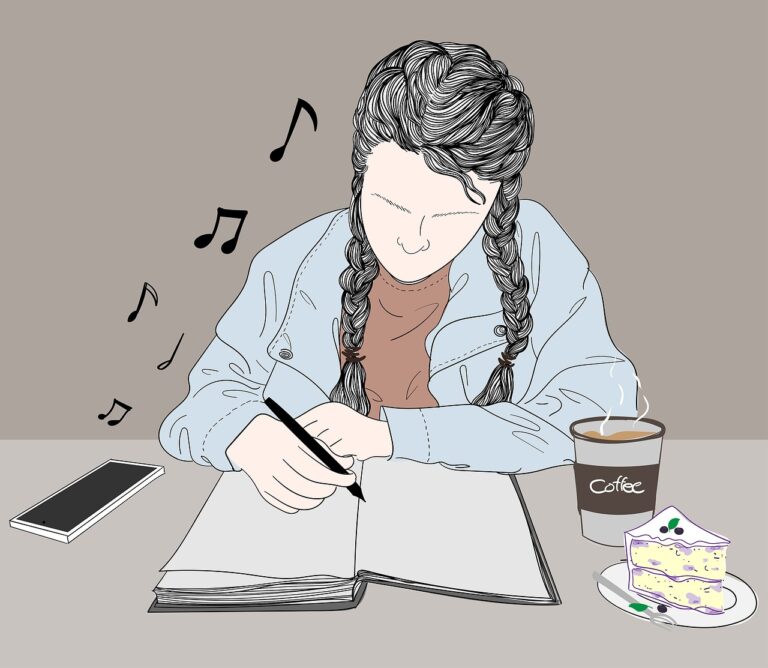

We live in a culture obsessed with completion. We binge entire series in a weekend, expect immediate responses to our messages, and feel a nagging discomfort with anything left unfinished. Yet there’s a peculiar power in the incomplete—a magnetic pull that engages our imagination in ways that neatly wrapped packages never could.
Consider the Venus de Milo. Would this ancient sculpture hold the same mysterious allure if she still had her arms? Or think of Schubert’s “Unfinished Symphony,” whose incompleteness has spawned centuries of scholarly debate and continued fascination. Something profound happens in the space of what’s missing.
Psychologists call it the Zeigarnik effect—our tendency to remember uncompleted tasks better than completed ones. Our minds keep working on open loops, puzzling over them, returning to them. This cognitive restlessness creates a kind of engagement that resolution often ends.
I’ve noticed this effect while reading abandoned diaries found at estate sales. The abrupt endings are not frustrating but evocative—each one invites me to imagine what might have followed, to become an active participant rather than a passive consumer. The fragmentary nature demands my creativity in a way that a complete story wouldn’t.
The Japanese tradition of kintsugi—repairing broken pottery with gold—celebrates rather than disguises the history of damage. The pieces become more valuable after being broken, their golden seams telling stories of resilience and transformation.
We need not wait for accidents to appreciate the aesthetic of the incomplete. Consider:
In each case, something is activated in us—a participatory imagination that completed things rarely invite.
Beyond aesthetic appreciation, there’s a deeper wisdom in making peace with the unfinished. Some thoughts:
Relationships: Many of our most significant connections end without proper closure or clear resolution. Rather than seeing these as failures, we might appreciate them as important fragments in our life story, complete in their incompleteness.
Creative Work: Creators often abandon projects that aren’t working, seeing them as failures. But these fragments often contain the seeds of future work or represent necessary steps in developing craft, even if they never reach completion.
Knowledge: In our information-saturated world, we can never know everything about anything. Embracing the fragmentary nature of understanding allows us to hold knowledge more lightly and remain open to new discoveries.
Life Itself: Our lives are ultimately fragments—brief moments in a much larger human story. There’s something liberating in recognizing that we don’t need to complete or resolve everything within our limited time.
How might we cultivate this sensibility?
Create Intentional Fragments: Try writing a poem and deliberately removing lines, or taking photographs that intentionally crop out contextual elements. Notice how this changes your relationship to the work.
Collect Without Completing: Start a collection of found objects, overheard phrases, or natural elements where incompleteness is a requirement for inclusion.
Appreciate the Unfinished: When you encounter unfinished works by artists you admire—be they sketches, drafts, or abandoned projects—pay attention to what these fragments reveal that completed works might conceal.
Resist Resolution: When telling stories about your life, experiment with leaving some open-ended or unresolved. Notice how this changes both your telling and others’ listening.
There’s a paradox here: fragments often feel more whole than complete things. A partial view of something can capture its essence more truthfully than an exhaustive documentation. Think of how a single gesture can reveal a person’s character more clearly than a detailed biography.
Marcel Proust understood this when he wrote about how the scent of a madeleine cookie unlocked an entire world of memory. The fragment—that singular sensory experience—contained more than the “complete” memories ever could.
Perhaps this is why we’re drawn to ruins rather than intact structures, to snippets of melody rather than entire compositions, to glimpses rather than panoramas. The partial view activates something in us that completeness never could.
In a world that increasingly demands closure, resolution, and comprehensive understanding, there’s a quiet rebellion in celebrating the fragment. It’s an acknowledgment that meaning often lies not in having all the pieces, but in the space where something is missing—the gap that invites us to bring ourselves to what we encounter.
So the next time you come across something incomplete—a torn page, a broken shell, an unfinished conversation—consider keeping it that way. Its power may lie precisely in what isn’t there.